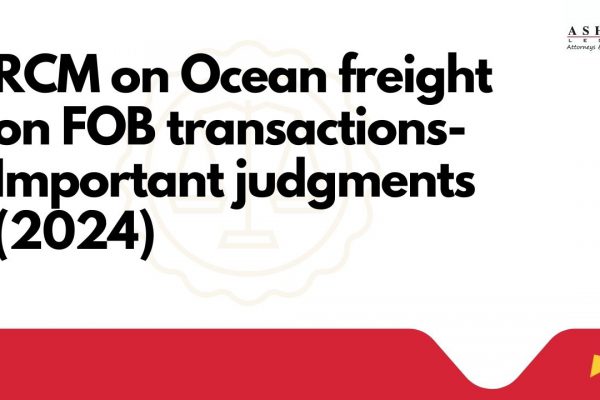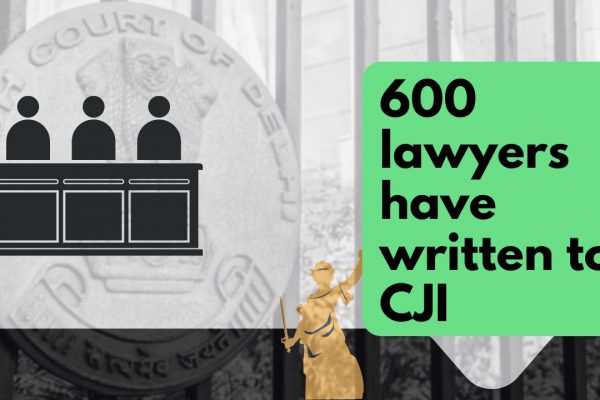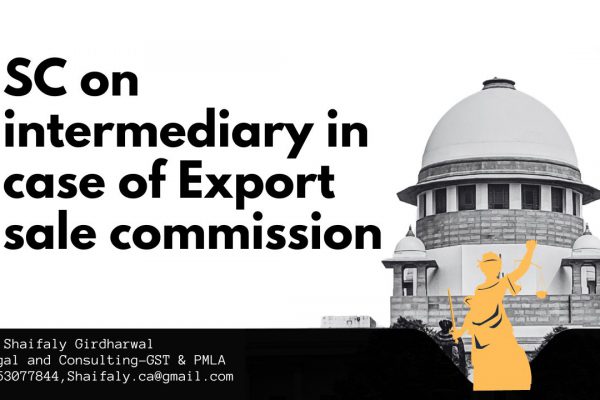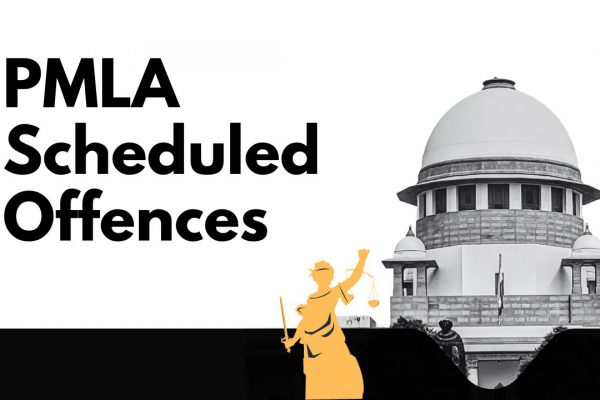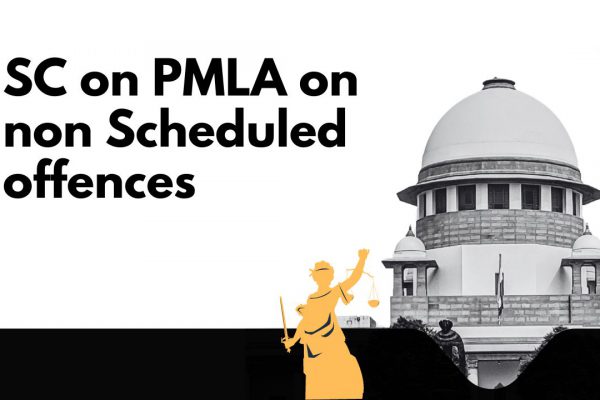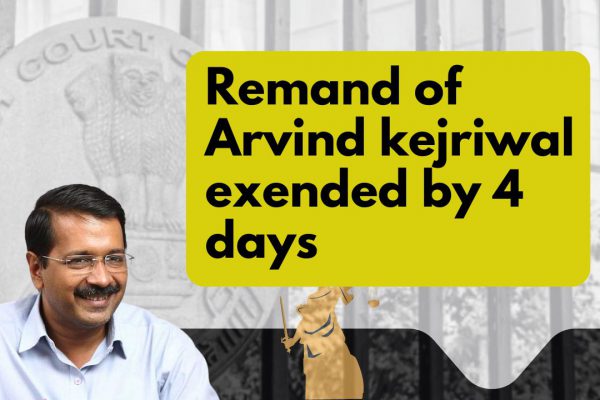Provisions of Supply in GST
Supply in GST: Composite Supply ,Mixed Supply and Principal Supply
Three new types of Supply have been introduced in the India’s CGST Act i.e. Composite Supply; Mixed Supply and Principal Supply. Here we will explain the provisions for Supply in GST.
Section 2 defines such concepts in three separate but independent sub-clauses. Perhaps this is similar to the concept of Bundled Service in Service Tax law.
The service tax law was dealing with pure services and not with goods per se. Now the concept introduced is for goods and is linked with the concept of Principal Supply. Organised Retailing shall have serious impact of such definitions which will be fraught with litigation unless the Companies and the retailers change their business models.
If you look at the market today, you will notice very often, two or more goods, or a combination of goods and services, are supplied together for reasons of sales strategy or the nature of such goods or services required these to be bundled together for easy marketing and to generate more revenue per sale.
Under the Indian GST law, supplies which are bundled with two or more supplies of goods or services or combination of goods and services are classified, with distinct characteristics, as:
Composite Supply in GST
Composite Supply in GST
Section 2(27) defines this term as “composite supply” means a supply made by a taxable person to a recipient comprising two or more supplies of goods or services, or any combination thereof, which are naturally bundled and supplied in conjunction with each other in the ordinary course of business, one of which is a principal supply.
This means that the goods and services are bundled owing to natural necessities. The elements in a composite supply of goods and services are dependent elements on the ‘principal supply’ of goods or services.
Illustration given in Revised GST Law: Where goods are packed and transported with insurance, the supply of goods, packing materials, transport and insurance is a composite supply and supply of goods is the principal supply.
Another example of composite supply can be construction of residential complex service along with Electrification and Water System Development Services. This is for the reason that no residential complex can be constructed without electrification and water system development. However, presently, the revenue department disputes that electricity and water system development services are liable to service tax at full rate as there is abatement for construction of residential complex service.
This is a composite supply as the package of accommodation facilities and breakfast is natural combination in the ordinary course of business for a hotel. In this case, the hotel accommodation is the principal supply, and breakfast is ancillary to the hotel accommodation.
Sale of laptop with bag -this is a composite supply because laptop bag is natural requisite to carry the laptop. But if the customers opts for a multipurpose bag like backpack bag, it is not a composite supply since it is not naturally bundled.
Booking train tickets: You are booking a Rajdhani train ticket which includes meal. It is a bundle of supplies. It is a composite supply where the products cannot be sold separately. You will not buy just the train meal and not the train ticket. The transportation of passenger is, therefore, the principal supply.
Rate of tax applicable to the principal supply will be charged to the whole composite bundle. Therefore, rate of GST applicable to transportation of passengers by rail will be charged by IRCTC on the booking of Rajdhani ticket.
Mixed Supply in GST
Section 2(66) defines this term as “mixed supply” means two or more individual supplies of goods or services, or any combination thereof, made in conjunction with each other by a taxable person for a single price where such supply does not constitute a composite supply.
Illustration given in Revised GST Law: A supply of a package consisting of canned foods, sweets, chocolates, cakes, dry fruits, aerated drink and fruit juices when supplied for a single price is a mixed supply. Each of these items can be supplied separately and is not dependent on any other. It shall not be a mixed supply if these items are supplied separately.
A 5-star hotel in Mumbai provides a 4 day/3 nights package with the breakfast and one day Mumbai Darshan.. The inclusion of Mumbai Darshan in this package is not a natural requisite to accommodation in the hotel. Hence, this does not amount to composite supply. This is a mixed supply.
This is entirely new concept introduced in GST regime which will cover supplies made together whether the supplies are related or not. Say for example, bucket supplied with detergent powder or container supplied with Bournvita. The mixed supplies can be combination of two supplies whether or not related to each other.
In Mixed Supply, the combination of goods and/or services is not bundled due to natural necessities, and they can be supplied individually in the ordinary course of business.
Consider a kit which contains a tie, a watch, a wallet, and a pen, as a combo, for Rs. 4,500
As per the example,
•Tie, watch, wallet, and pen are bundled as a kit
•The supply of a tie does not naturally necessitate the supply of other elements (watch, wallet, pen) and vice versa.
•The kit is supplied for a single price.
Hence, the supply of this kit is a mixed supply.
Taxability of Composite Supply and Mixed Supply in GST
As regards taxability of composite or mixed supply is concerned, the provisions are provided in section 3(5) of the Revised GST Law as follows:-
The tax liability on a composite or a mixed supply shall be determined in the following manner —
(a) a composite supply comprising two or more supplies, one of which is a principal supply, shall be treated as a supply of such principal supply.
Principal Supply in GST
Section 2(78) defines this term as “principal supply” means the supply of goods or services which constitutes the predominant element of a composite supply and to which any other supply forming part of that composite supply is ancillary and does not constitute, for the recipient an aim in itself, but a means for better enjoyment of the principal supply.
There is no example given in the revised GST Law for principal supply. However, principal supply will be that supply which is predominant over other supplies. Say for example free WiFi services provided during stay in hotel.
In this case, the predominant supply is accommodation services and WiFi services are provided only for better enjoyment of the principal supply of service. This is same concept of bundled service which is applicable in current service tax regime.
For purpose of calculating tax liability, the rate of tax applicable on the principal supply of such goods and services will be effected on the composite supply. Let us consider the same example,
A 5-star hotel in Mumbai provides a 4 days/3 nights package with the breakfast. Let us assume, the hotel accommodation attracts 18% tax and the restaurant service attracts 12% tax.
As per the example, hotel accommodation is the principal supply, and the entire supply will be taxed at 18%.
It is important for businesses to look at the types of supplies made by them and re-assess them in order to achieve the objectives of bundling the goods and services, in context with the concepts of mixed supply and composite supply.
a mixed supply comprising two or more supplies shall be treated as supply of that particular supply which attracts the highest rate of tax.
Mixed supply under GST means two or more individual supplies of goods or services, or any combination, made together with each other by a taxable person for a single price. Each of these items can be supplied separately and is not dependent on any other.
It shall not be a mixed supply if these items are supplied separately.
For tax under GST, a mixed supply comprising two or more supplies shall be treated as supply of that item which has the highest rate of tax.
Conclusion:
The above provisions will definitely create disputes and litigation as whether the supply is composite or mixed will be dependent on facts and circumstances of a particular case. Moreover, the revenue department will consider a supply as composite or mixed according to the highest tax criteria. It was hoped that the GST regime would dispense with the classification disputes and lead to lesser litigation but introduction of above concepts will definitely ignite litigation.
My Take is that GST Regime was to finish the classification disputes by following HSN and WCO codes; but what is now happening is that GST regime shall open up huge litigation at all levels. There should be no doubt. The concepts like these will only create litigation; the tax payers shall plan according to their sales strategies and the Revenue will take them on.
Get unlimited unrestricted access to thousands of insightful content at ConsultEase.
If you already have a premium membership, Sign In.
payu form placeholder
If you already have a premium membership, Sign In.
 CA Rashmi Jain
CA Rashmi Jain
New Delhi, India


